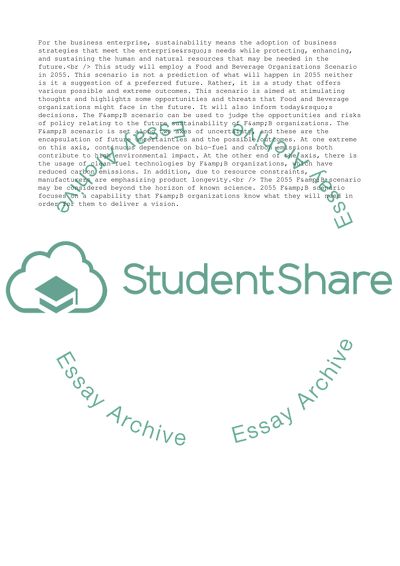Cite this document
(France Food and Beverage Industry: The Case of Charrefour Study, n.d.)
France Food and Beverage Industry: The Case of Charrefour Study. https://studentshare.org/business/1866656-sustnainability-in-global-business
France Food and Beverage Industry: The Case of Charrefour Study. https://studentshare.org/business/1866656-sustnainability-in-global-business
(France Food and Beverage Industry: The Case of Charrefour Study)
France Food and Beverage Industry: The Case of Charrefour Study. https://studentshare.org/business/1866656-sustnainability-in-global-business.
France Food and Beverage Industry: The Case of Charrefour Study. https://studentshare.org/business/1866656-sustnainability-in-global-business.
“France Food and Beverage Industry: The Case of Charrefour Study”. https://studentshare.org/business/1866656-sustnainability-in-global-business.


